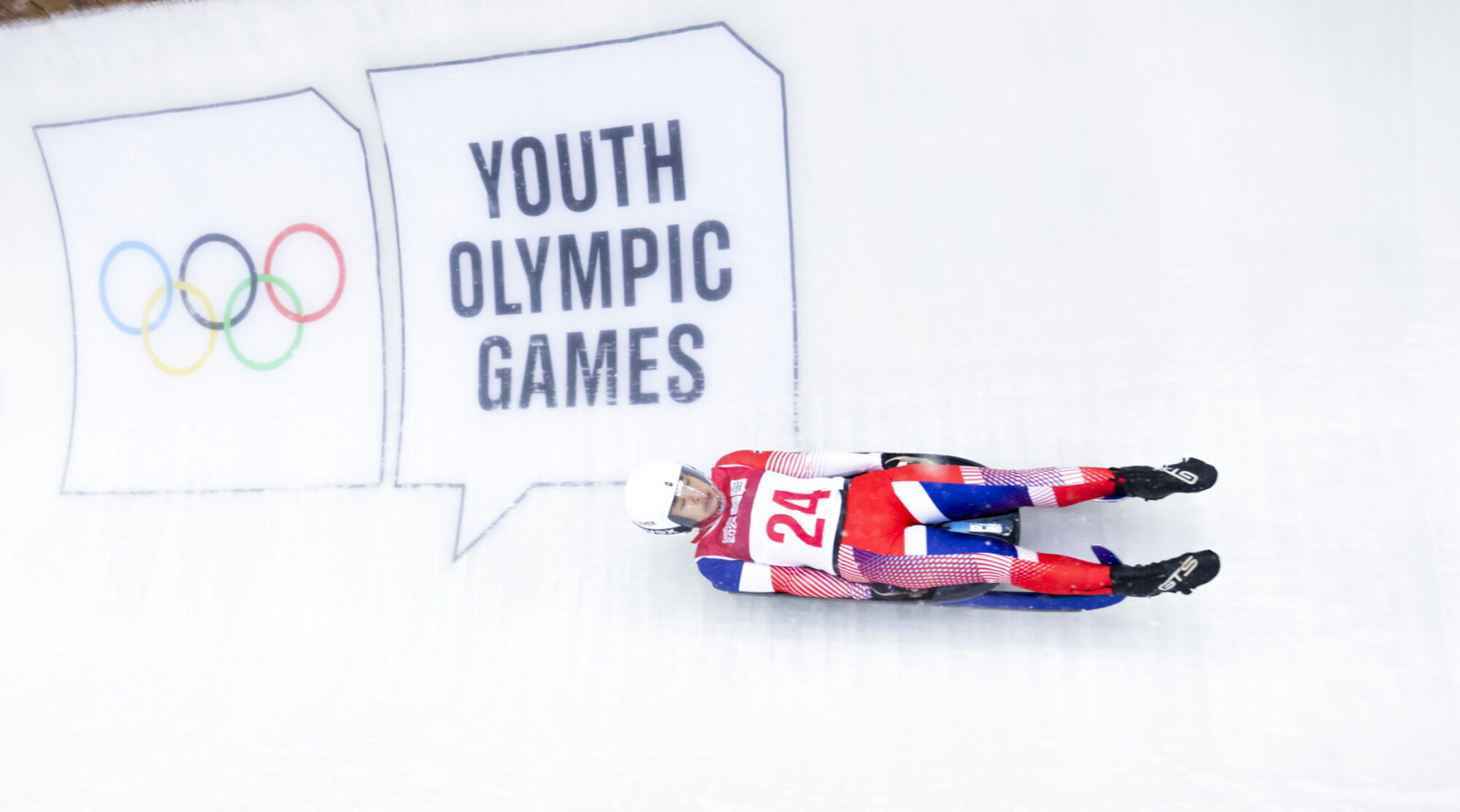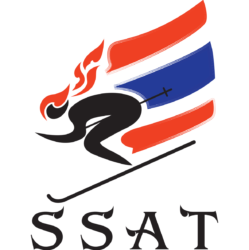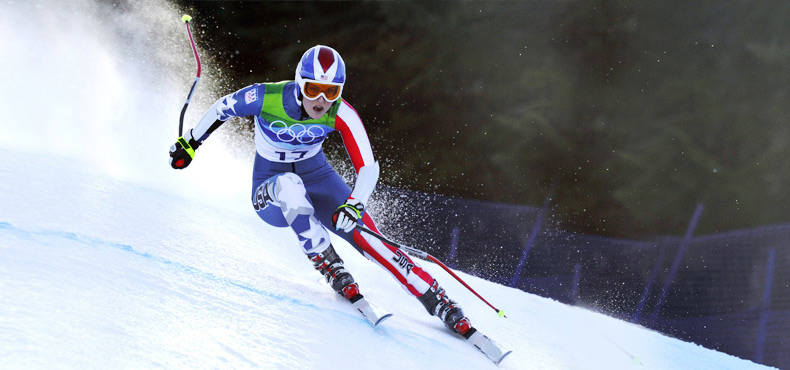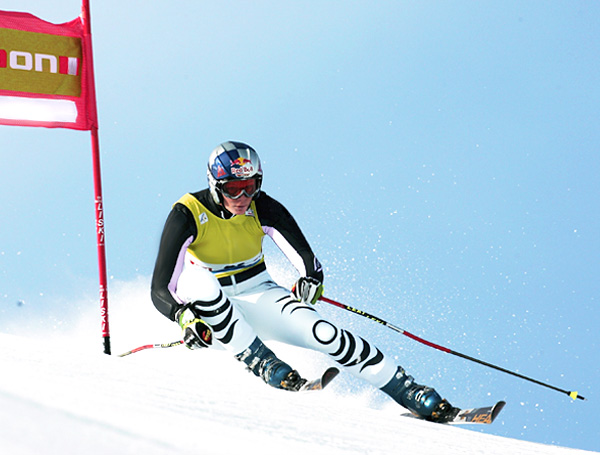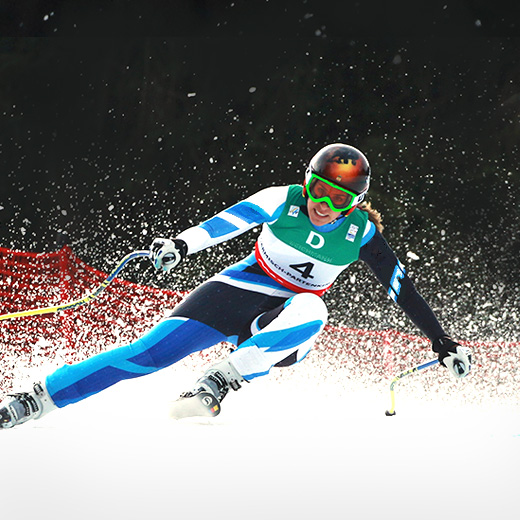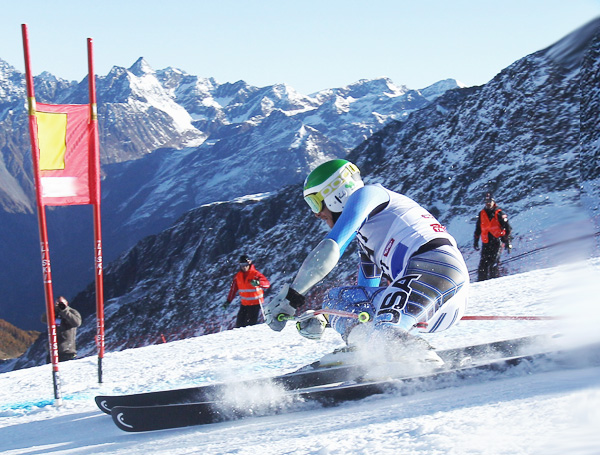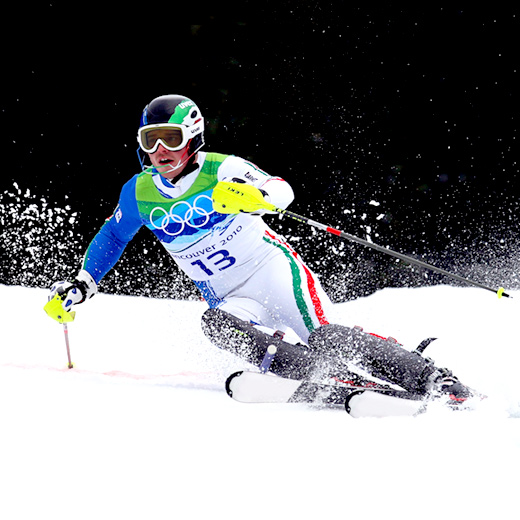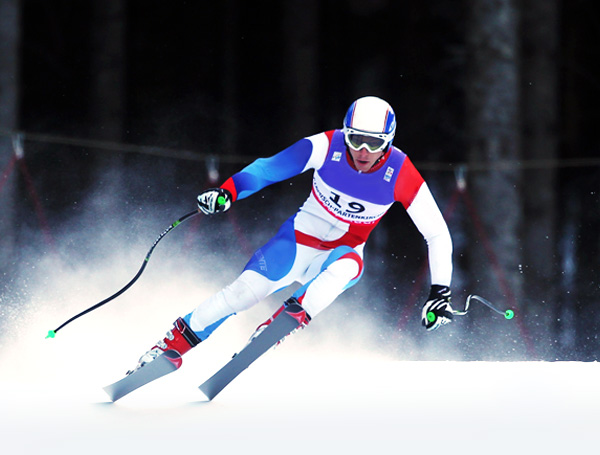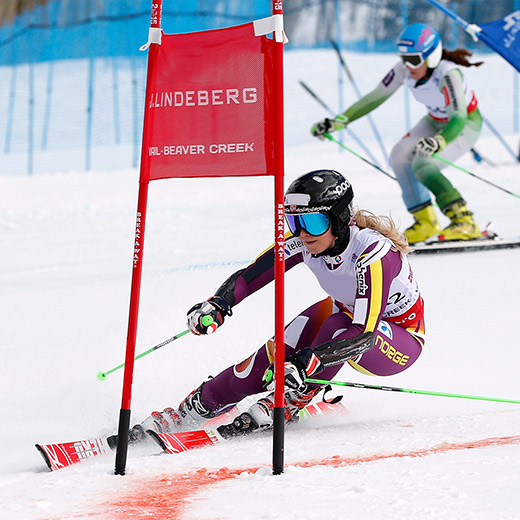Alpine skiing is a discipline where the skier slides down snow-covered slopes on skis with fixed heel bindings. The discipline is comprised of largely two types of disciplines: the speed (velocity) events and the technical (skills) events. The speed events are Downhill and Super-G, and the technical events are Giant Slalom and Slalom. In addition to these, there is another event called Alpine Combined that is a mixture of Downhill and Slalom. If we list the events based on the average speed, the order is Downhill->Super-G->Giant Slalom->Slalom, and if we list them according to the number of the gates they are listed in the opposite way. Also the Alpine Team Event will be newly introduced to the Olympic programme for the PyeongChang2018 Olympic Winter Games.
Slalom is raced on a course that demands short and rapid turns. And Giant Slalom course is organized on a track that has even more open Slalom widths. For the courses of the Super-G and the Slalom, the turns are small, and wide gates are installed in some sections. And, in the case of staging the Downhill, the average velocity of the athletes who pass a gate is around 100km per hour.
Type of Competition
Downhill
The athletes must participate in the official training runs (A minimum of 1 time or more per three days)
The special feature of the event is the high velocity.
The athletes ski on slope surfaces where the gradient is between 15-30 degrees at speeds of 90 – 140km. Given the challenge, athletes need strong mental focus and stamina.
If athletes properly pass through the gates of the course, the rankings are decided according to the fastest time at the finish line. The ranking is decided on one run down the slope.
Super-G
This event has the skier coming down the slopes at a fast speed making long turns on the course around the poles (gates). The race requires a combination of speed and technical skills.
The difference from Giant Slalom is that the slope is steeper and that the distance between the gates is longer, which is 25m at minimum.
Like Downhill, and unlike Slalom and Giant Slalom, Super Giant Slalom is decided on one single run down the slope.
Giant Slalom
This event has the skier coming down the slopes at a fast speed making zigzag turns on the course around the poles (gates).
Compared to the Slalom event, the distance between the gates is longer by 10m or more.
Giant Slalom uses rectangular gate panels same as Downhill and Super-G
What is different from the particular speed events (the Downhill and the Super-G) is that Giant Slalom events have two runs down the slope. In the 2nd run, the top 30 skiers of the first run start in the reverse order with the rest of the group starting from the 31st ranking skier.
Slalom
This is an event where the skier speeds down the slopes zigzaging their way through the indicated gates.
The number of gates is approximately 55~75 for men and approximately 45~60 for women depending on the vertical drop of the course.
The distances between the gates are from a minimum of 75cm to a maximum of 13m.
Unlike the particular speed events (the Downhill and the Super Giant Slalom), the Slalom events have two runs down the slope (1st and 2nd). In the 2nd round the top 30 athletes of the first run start in the reverse order (The 30th ranked skier of the first round starts first in the second round).
Alpine Combined
The event includes a downhill race and a slalom race
In this event, a downhill run is followed by a one-run slalom.
The times of each race are added together and the total time decides the ranking.
Nation Team Event
The race will be conducted as a parallel event. Giant Slalom gates and flags will be used.
A team (nation) consists of 4 competitors (2 men and 2 women).
16 teams (nations) will compete by single elimination tournament.
Reference: https://www.pyeongchang2018.com/en/olympicstory/sports/snow/alpine-skiing/view
